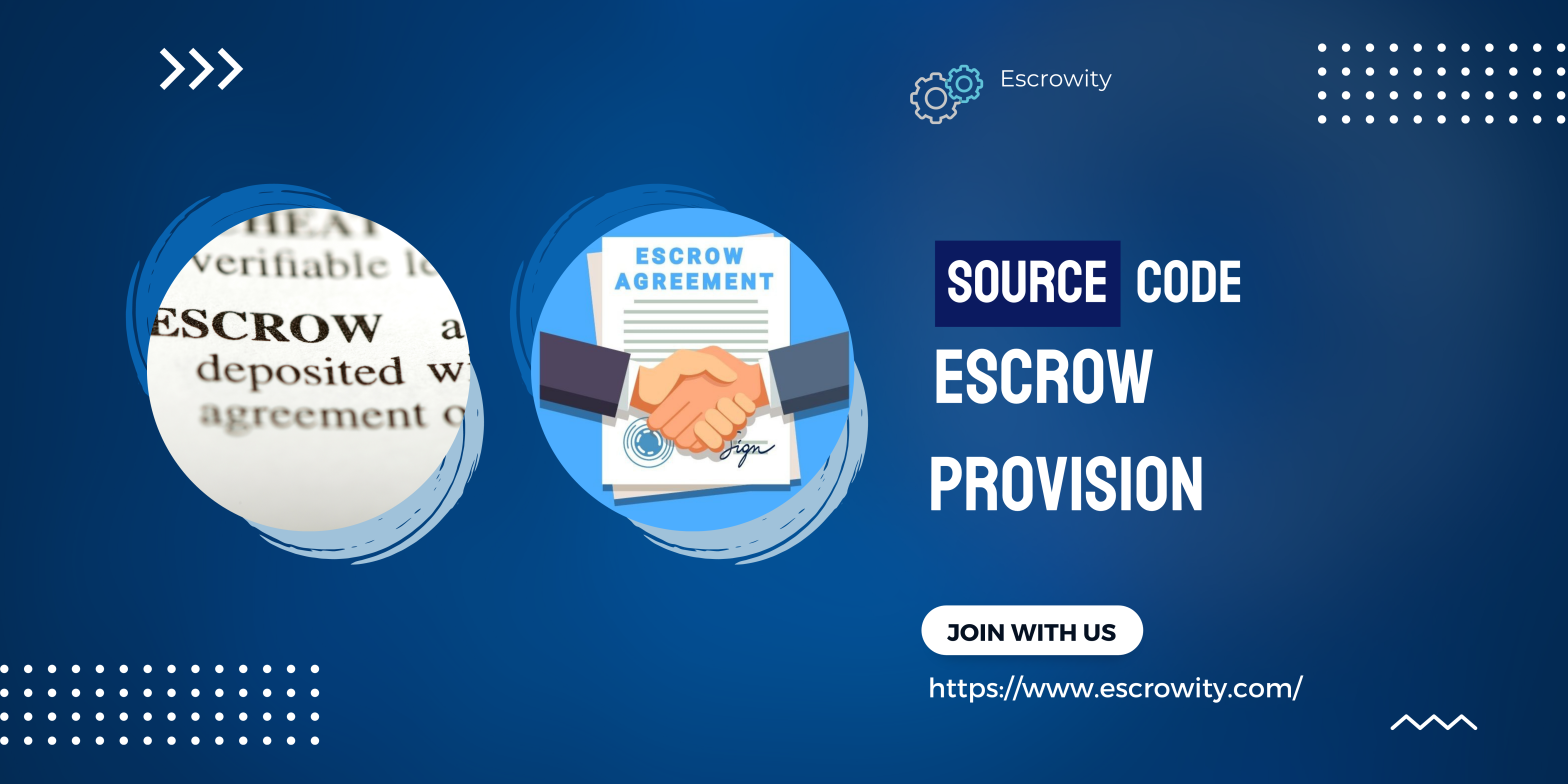A source code escrow provision is an integral part of many software licensing agreements, forming the backbone of business continuity plans and ensuring uninterrupted access to mission-critical software applications. This article aims to unpack the concept of source code escrow provisions, their role in software agreements, key elements, and considerations when crafting these provisions.
Understanding Source Code Escrow Provisions
At its core, a source code escrow provision refers to a contractual arrangement in a software licensing agreement. This provision stipulates that the software developer (licensor) must deposit the software’s source code and related documentation with a neutral third-party escrow agent. The agreement further outlines specific conditions under which the escrowed source code can be released to the licensee.
The primary intent of a source code escrow provision is to protect the licensee against any potential risk of the software provider being unable to fulfill its maintenance and support obligations due to insolvency, bankruptcy, or other reasons. By securing the source code, the licensee can ensure continuity of software functionality and operations.
Key Elements of Source Code Escrow Provisions
When drafting a source code escrow provision, it’s crucial to consider some key elements to ensure a well-rounded and protective arrangement. Here are a few components that a typical escrow provision should include:
1. Escrow Agent: The agreement should clearly specify who the escrow agent will be. This agent should ideally be a neutral third party specializing in software escrow services.
2. Deposits: The agreement should detail what precisely is to be deposited in escrow. This usually includes the source code, related documentation, and any other materials necessary for understanding and maintaining the software.
3. Release Conditions: Clearly defined situations or triggers that will lead to the release of the escrowed source code to the licensee are a must. These conditions might include events like the software provider’s bankruptcy, failure to provide support or a breach of the license agreement.
4. Verification Services: A provision for verifying the deposited materials should be considered. This ensures that the escrowed source code is complete, up-to-date, and correctly documented.
5. Fees: The agreement should specify who is responsible for paying the escrow agent’s fees.

Considerations When Crafting Source Code Escrow Provisions
While the fundamentals of source code escrow provisions are relatively standard, each software agreement is unique, and the escrow provisions should be tailored to the specific needs of the parties involved. Here are a few considerations to keep in mind:
1. The Relevance and Need for Escrow: While escrow can be a valuable safety net, it may not be necessary or feasible in all cases. The cost, complexity, and nature of the software should be considered.
2. Choosing the Right Escrow Agent: It’s vital to select a reputable and experienced escrow agent who understands the technicalities and legal implications of software escrow agreements.
3. Regular Updates: The escrow agreement should require the software provider to regularly update the source code in escrow to reflect any updates or improvements to the software.
In conclusion
Source code escrow provisions play a critical role in software licensing agreements, providing licensees with an insurance policy for business continuity and risk mitigation. However, these provisions must be carefully drafted and tailored to the unique needs of each situation, ensuring all parties interests are adequately safeguarded.
Looking to draft a robust software licensing agreement with comprehensive source code escrow provisions? Our team of experienced professionals is here to guide you. Don’t leave your business’s software continuity to chance. Contact us today to ensure a well-structured escrow provision that safeguards your interests and business continuity.
